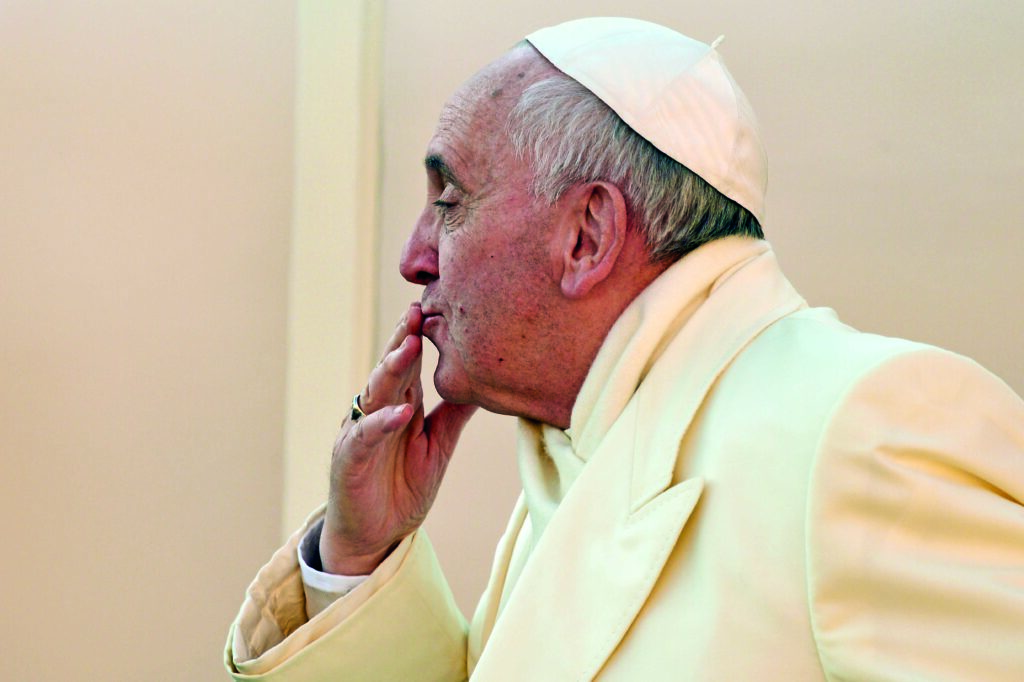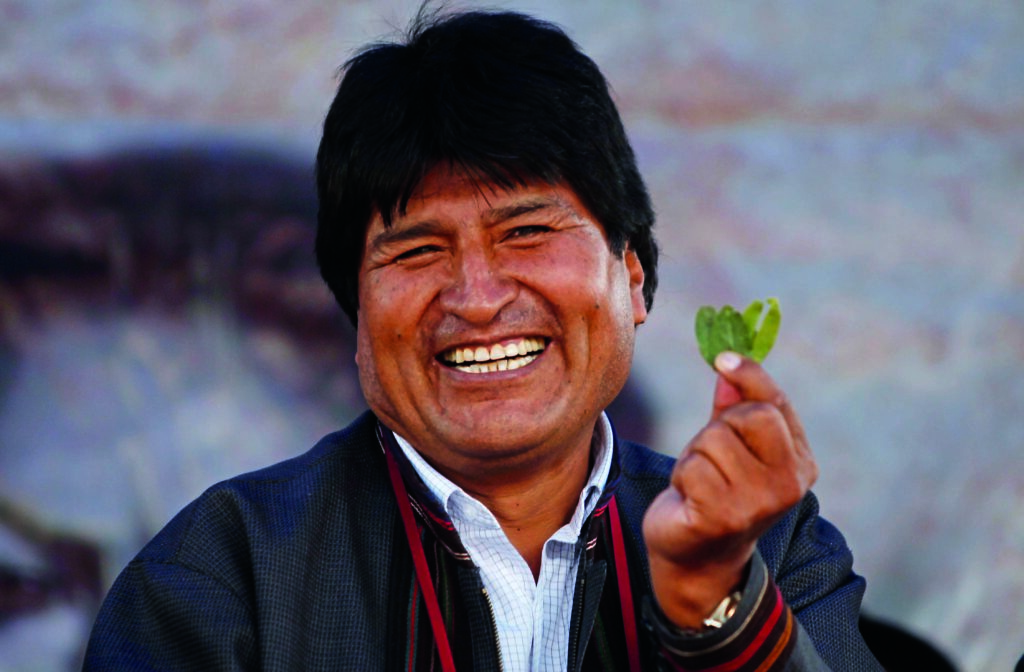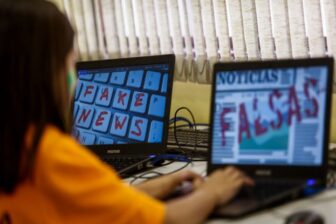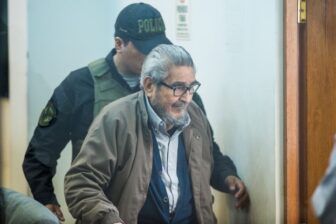This article is adapted from AQ’s special report on the battle over fake news
If the photo on our cover of Pope Francis and former Bolivian President Evo Morales sharing a joint looks almost real, it’s because its creators used real photos, changing just one detail.
Fact-checking agency Aos Fatos helped Brazilians figure out how this meme was put together.


The original 2013 photo of Francis, taken in the Vatican, shows him blowing a kiss.
The image of Morales smiling in the background also comes from a 2013 event, but in Bolivia.
The montage originated as a joke post on European social media, but in 2020 it went viral in Brazil. The post was shared thousands of times on social media as supposed evidence that the “excessively modern,” Argentine-born leader of the Catholic Church was connected to “communists” in Latin America.








